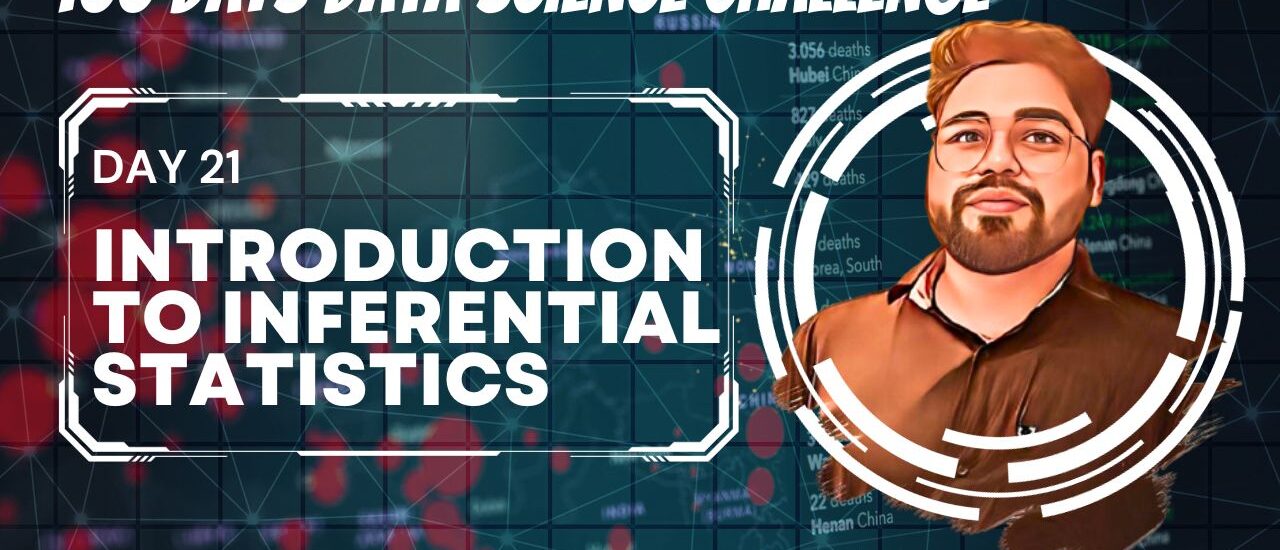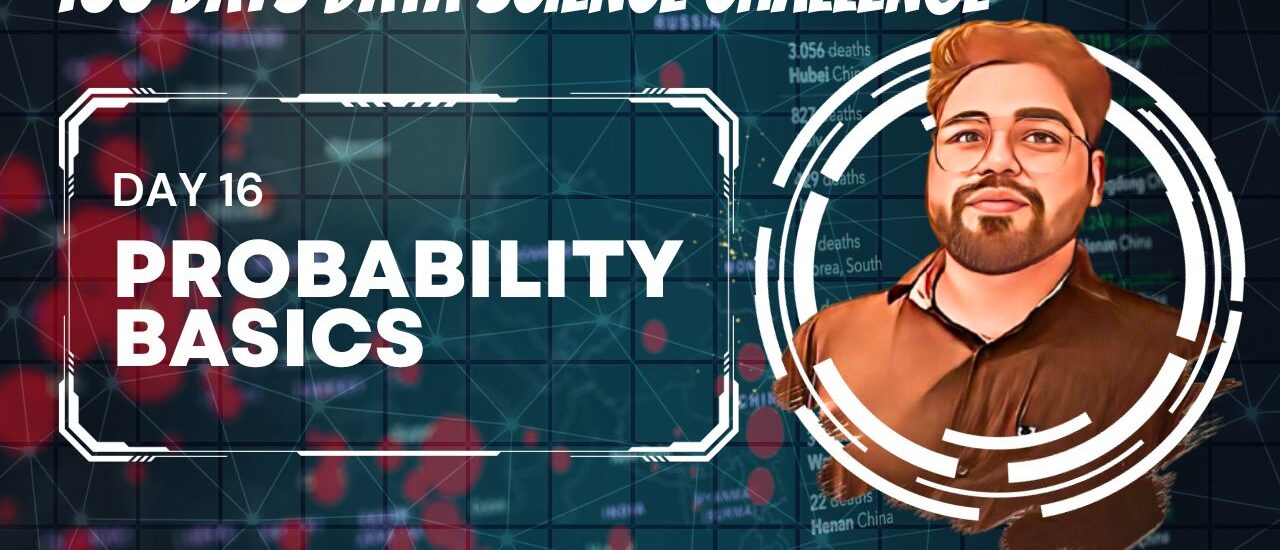On the 19th day of our data science challenge, we delve into Hypothesis Testing, a fundamental aspect of statistical reasoning that validates our data-driven assumptions. By formalizing hypotheses, selecting an appropriate significance level, and making calculated decisions based on the p-value, hypothesis testing plays an integral role in decision-making processes across various industries. From pharmaceuticals to e-commerce, it helps businesses and researchers make informed choices, ensuring they\’re not based on mere chance. Dive into the details with me, Ravinder Rawat, as we explore the essence of hypothesis testing and its real-world applications.











